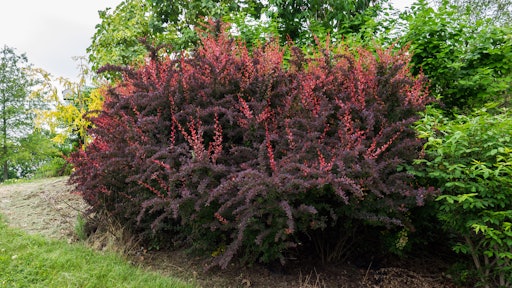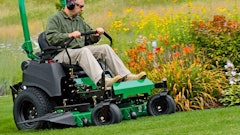
Look at gardens or front yards across the Northeast U.S., and you’ve probably seen the Japanese barberry.
The small shrub—usually about 2 or 3 feet tall—has elegant arching branches, spoon-shaped leaves ranging from light yellow or green to dark red, and small red berries. It’s also very tough and deer find it unpalatable.
Those are excellent qualities for a homeowner in search of something green, said Sarah Wurzbacher, a forester with Penn State Extension. But the attractive Japanese barberry is an invasive species that can grow unchecked by predators or diseases, taking space and sunlight away from native plants and trees.
On July 24, the Pennsylvania Department of Agriculture will host a public meeting to talk about whether Japanese barberry should be banned in the state. It’s already banned in New York, Maine and Minnesota.
To read the full original article, please click here.






























